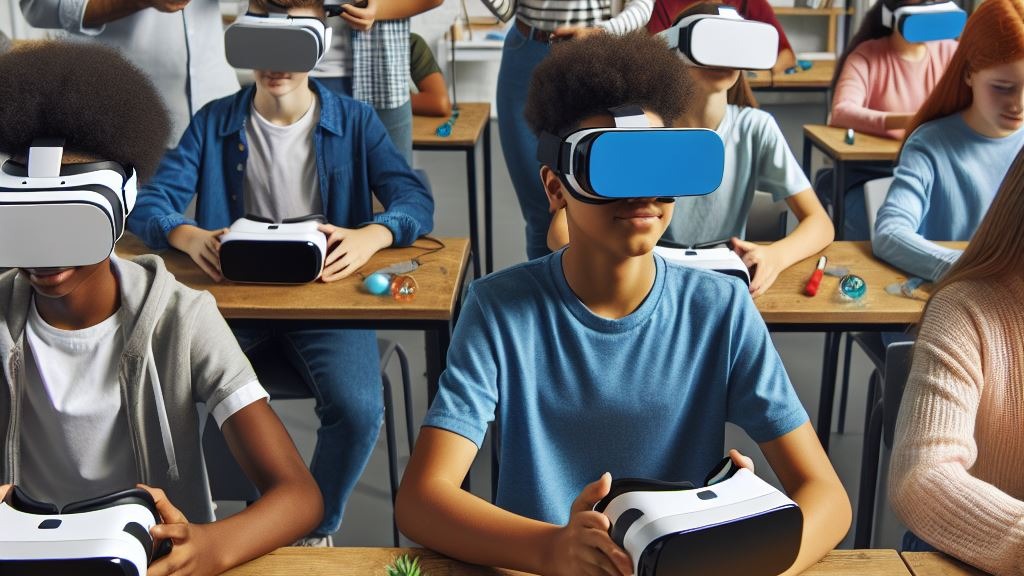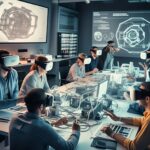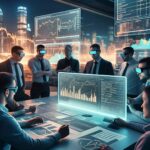Virtual reality (VR) is revolutionizing the way we learn and train. By providing immersive and interactive experiences, VR is making education and training more engaging, effective, and accessible. In this article, we’ll explore the benefits of VR in education and training, and how it’s transforming the way we acquire new skills and knowledge.
VR experiences are designed to be immersive and interactive, making them more engaging and motivating than traditional teaching methods:
-
Increased student participation: VR experiences encourage active participation, reducing the likelihood of students becoming disengaged or bored.
-
Improved motivation: VR experiences can increase motivation by providing a sense of excitement and curiosity.
-
Enhanced enjoyment: VR experiences can make learning more enjoyable, reducing the stress and anxiety often associated with traditional teaching methods.
Improved Retention and Recall
VR experiences can improve retention and recall by providing a more immersive and interactive learning environment:
-
Multisensory learning: VR experiences engage multiple senses, including sight, sound, and touch, making learning more memorable and effective.
-
Contextual learning: VR experiences provide context, making it easier for learners to understand and retain complex information.
-
Spaced repetition: VR experiences can incorporate spaced repetition, a technique that helps reinforce learning and improve retention.
Personalized Learning Experiences
VR experiences can be tailored to individual learning needs and styles:
-
Adaptive difficulty: VR experiences can adjust their difficulty level based on individual learner performance.
-
Real-time feedback: VR experiences can provide real-time feedback, helping learners identify areas for improvement.
-
Self-paced learning: VR experiences can be self-paced, allowing learners to progress at their own speed.
Cost-Effective and Accessible
VR experiences can reduce costs and increase accessibility:
-
Reduced equipment costs: VR experiences can reduce the need for expensive equipment and materials.
-
Increased accessibility: VR experiences can be accessed remotely, making them more accessible to learners with disabilities or limited mobility.
-
Scalability: VR experiences can be easily scaled up or down, making them more cost-effective for large or small groups.
Real-World Applications
VR experiences have real-world applications across various industries:
-
Medical training: VR experiences can simulate real-world medical scenarios, providing a safe and controlled environment for training.
-
Pilot training: VR experiences can simulate real-world flight scenarios, reducing the need for expensive flight simulators.
-
Industrial training: VR experiences can simulate real-world industrial scenarios, providing a safe and controlled environment for training.
Conclusion
Virtual reality is revolutionizing the way we learn and train. By providing immersive and interactive experiences, VR is making education and training more engaging, effective, and accessible. Whether you’re a student, teacher, or trainer, VR has the potential to transform the way you acquire new skills and knowledge.
Recommendations
-
Explore VR options: Research and explore VR options for education and training.
-
Develop a VR strategy: Develop a VR strategy that aligns with your learning objectives.
-
Invest in VR equipment: Invest in VR equipment, such as headsets and controllers.
-
Create engaging VR content: Create engaging VR content that is interactive and immersive.
-
Evaluate and refine: Evaluate and refine your VR experiences to ensure they are meeting your learning objectives.








